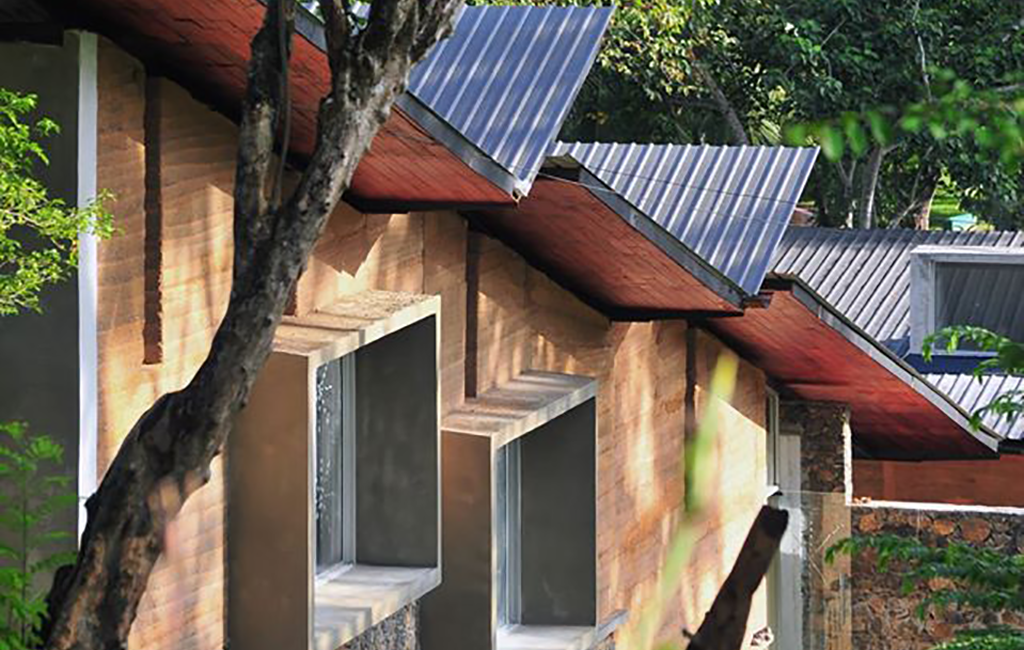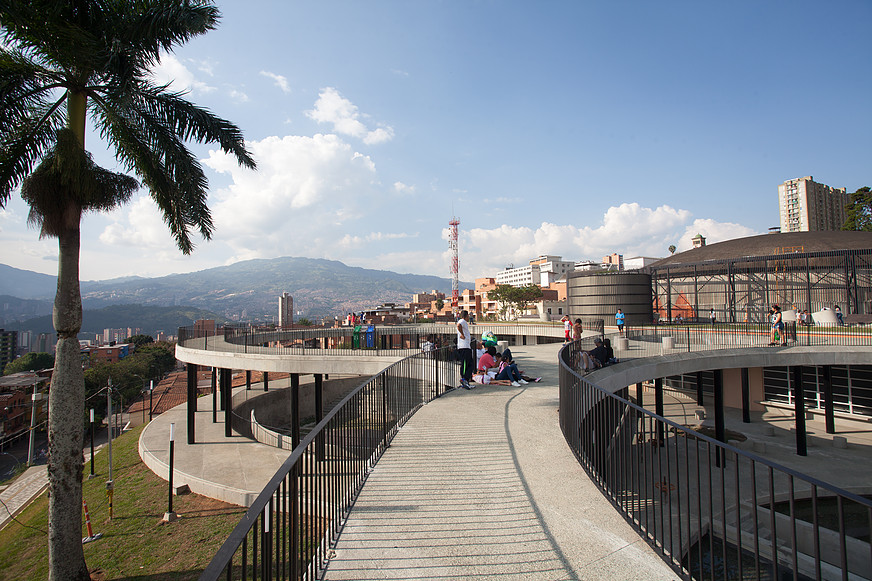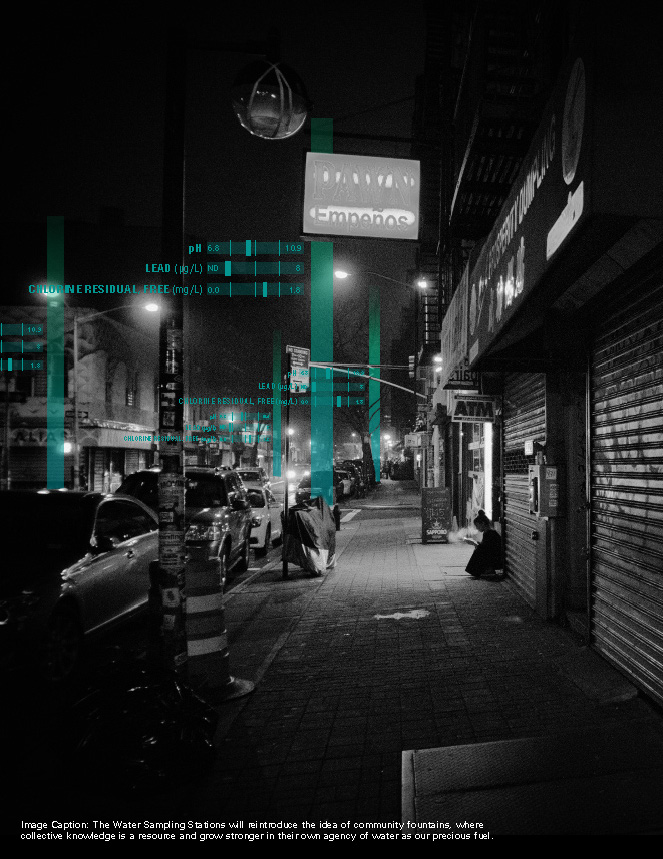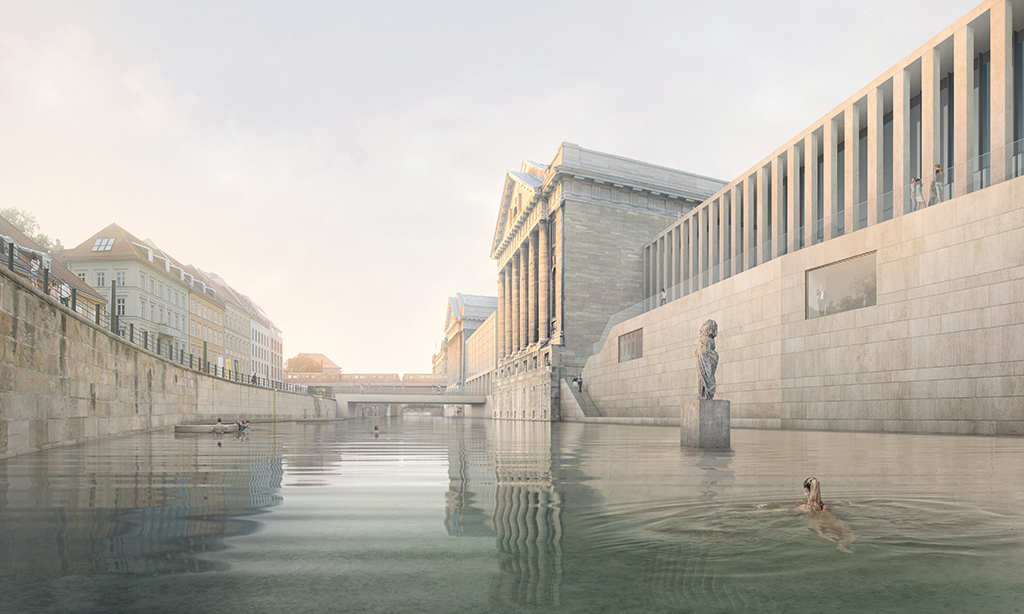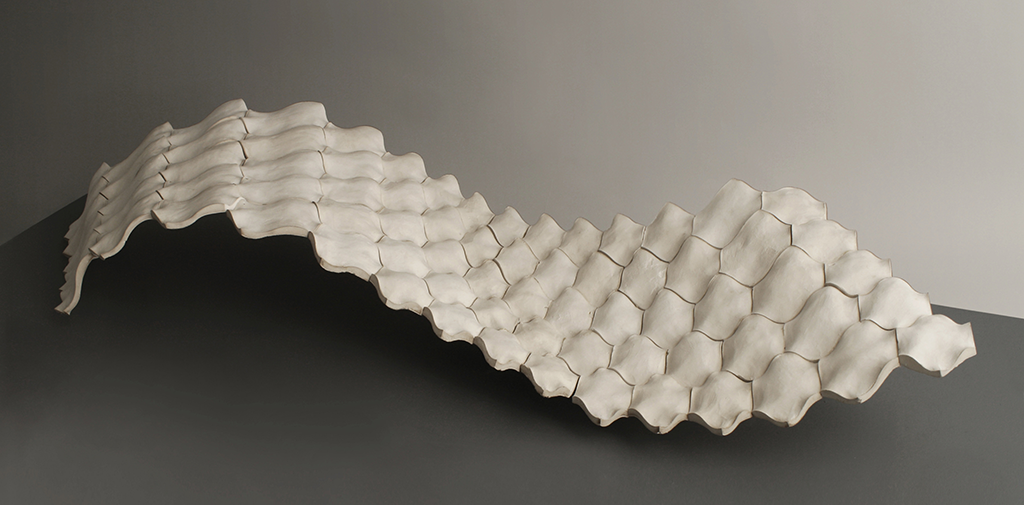Community library, Ambepussa, Sri Lanka. © RAW
Milinda Pathiraja, the power of architecture
In 2014, architect Milinda Pathiraja won a LafargeHolcim Bronze Award for Asia Pacific with his with “Post-War Collective: Community library and social recuperation in Ambepussa, Sri Lanka” project. One year later, he was the winner of the Global LafargeHolcim Awards Silver 2015.
Milinda Pathiraja believes in the power of architecture to integrate and contribute to the resolution of social, political, and economic challenges. Made from rammed-earth walls and recycled materials, his awarded project was constructed with the support of the army, teaching young soldiers building techniques and skills through its construction process. This exemplary work was recently exhibited in the international section of the 15th International Architecture Exhibition at the 2016 Venice Biennale.
As the 5th LafargeHolcim Awards competition is getting closer, Milinda Pathiraja, director of Robust Architecture Workshop (RAW), the office he co-founded in Colombo, Sri Lanka, with Ganga Ratnayake and Kolitha Perera, answered AA’s questions and told us more about his awarded project and the impact of the Award on his work as an architect.
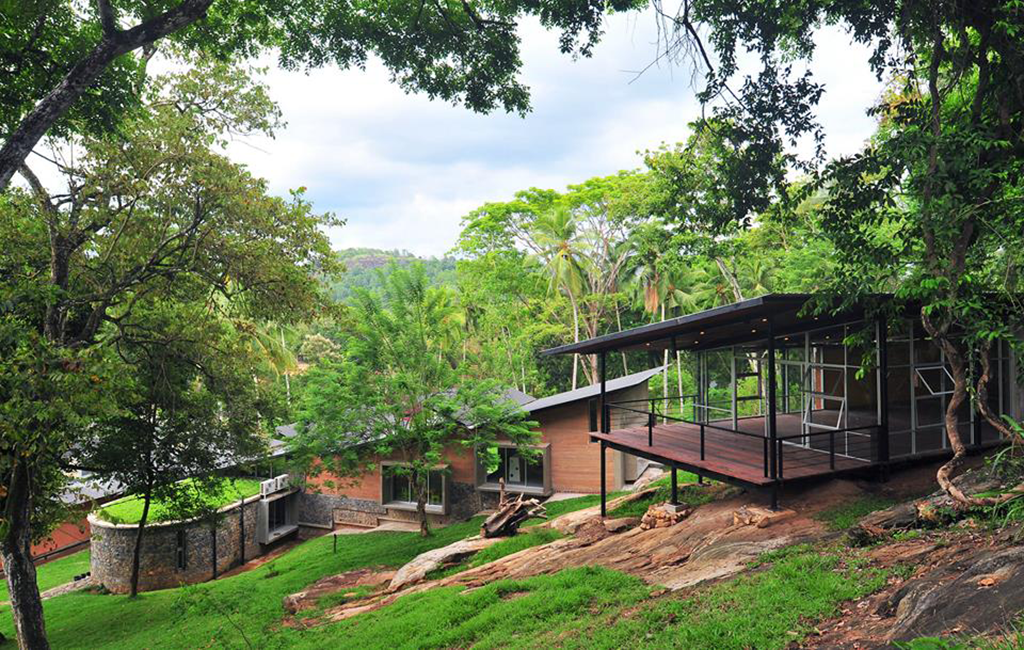
AA. Could you describe the project you submitted to the LafargeHolcim Foundation for sustainable construction for which you won an Award? What is the current status of this project?
Milinda Pathiraja. The project we submitted to the LafargeHolcim Awards is a library building in Ambepussa, a rural enclave located at about 50 km East of Colombo, Sri Lanka’s capital city. It was built by a regional regiment of army soldiers who were literally out of work at end of a brutal civil war that ravaged the island nation for more than 30 years. To promote the army’s participation in post-war reconstruction – as well as to overcome the general de-skilling of the construction workforce – the project explored the possibility of using real building projects as training grounds for skill development. Planned early, training tasks were built into the design, an approach that can be extended across building industry as a policy to build workforce capacity. Impinging on its vocational training strategies and environmental planning, this project attempted to build workforce capacity, disseminate knowledge, appreciate sustainable building and strengthen social relations.

To accommodate the use of unskilled labour through targeted training interventions, building systems were designed to tolerate workmanship errors and forgive possible inaccuracies in manufacture and assembly. The flexible, adaptable and robust building solutions thus developed were proposed as a transferable building system to build similar community libraries across Sri Lanka. The workforce trained at Ambepussa was expected to transfer knowledge and train the regional workforce. Consequently, an organic system of knowledge dissemination and skill building was established using the army’s physical and social capital as the key instigators of the capacity building process. In doing so, the notion of sustainability was projected as the strategic planning and use of available social, environmental and economic resources.
The Library is now open to the public, especially for school children who are enrolled at many primary schools spread across the region.
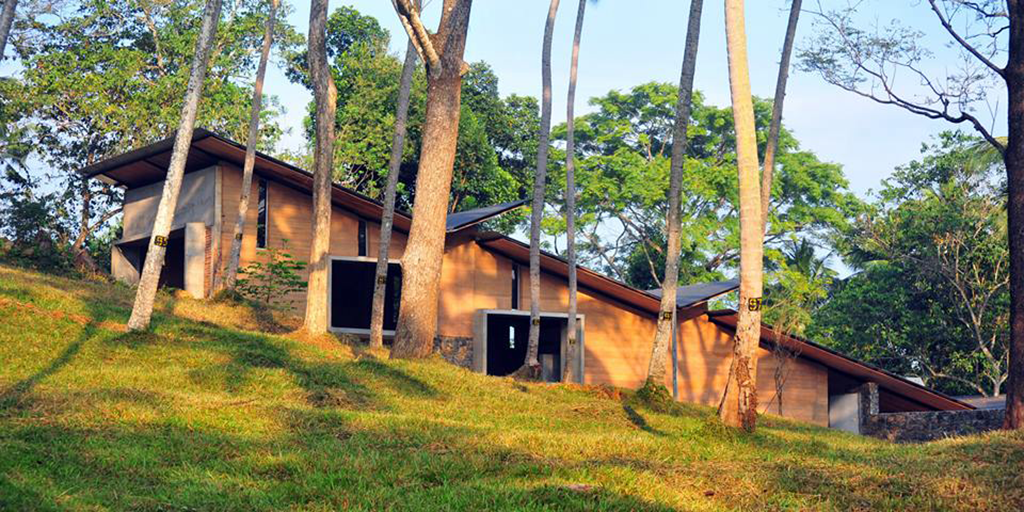
AA. What was the impact of this Award on your professional activity as an architect?
Milinda Pathiraja. The Award generated multiple opportunities for us as a young practice. Firstly, it gave us a considerable recognition outside of Sri Lanka, the pinnacle of which was the invitation we received to present our work at the recently concluded Venice Architecture Biennale. Secondly, it provided us with a solid platform to build upon, articulate and share our positions on architecture in general and sustainable construction in particular… with the general public as well as our collaborators, including clients and professional colleagues. Subsequently, the award was instrumental in convincing us that the path we have taken in practice is a relevant and useful one. Thirdly, we have been able to use the monetary rewards of the award to further our aspirations on building socially-relevant architecture.
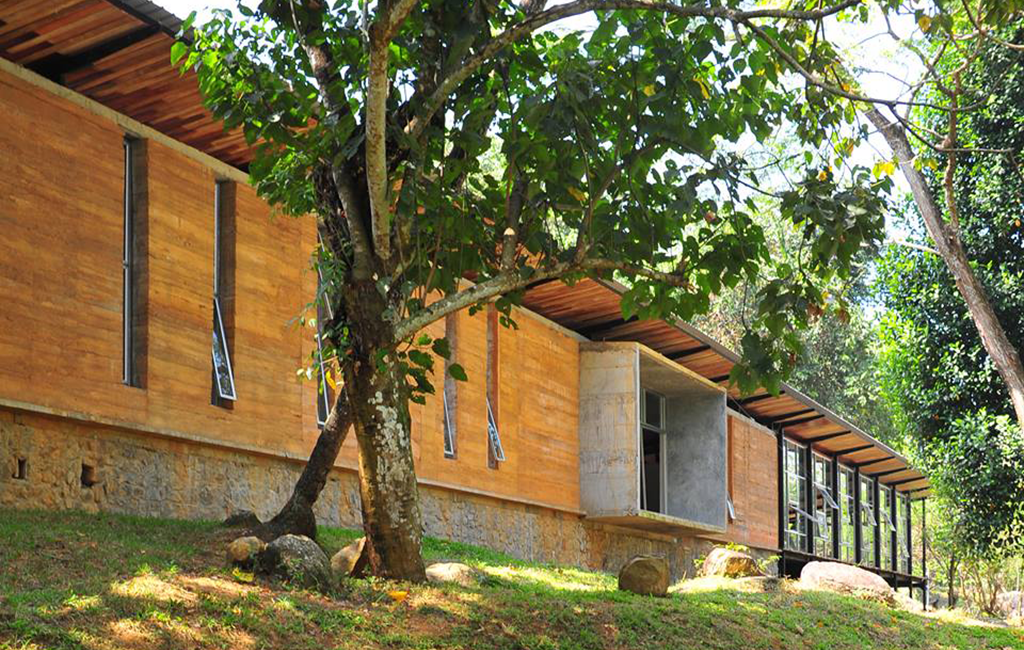
AA. What are you main current projects? Are you still in touch with the LafargeHolcim Foundation’s network and/or other Award-winners? If so, in what context?
Milinda Pathiraja. We have just completed building a facility center and locker rooms for workers attached to a cement factory in Northern Sri Lanka, and a modular – and portable – building system to be used as chalets for a resort nestled among Sri Lanka’s central hills. Among current projects, the most notable are a library we are building for a primary school in a farming village called Dewahuwa, and an office building in suburban Colombo which attempts to re-organize a typical urban office within the intellectual and pragmatic frameworks of sustainable construction.
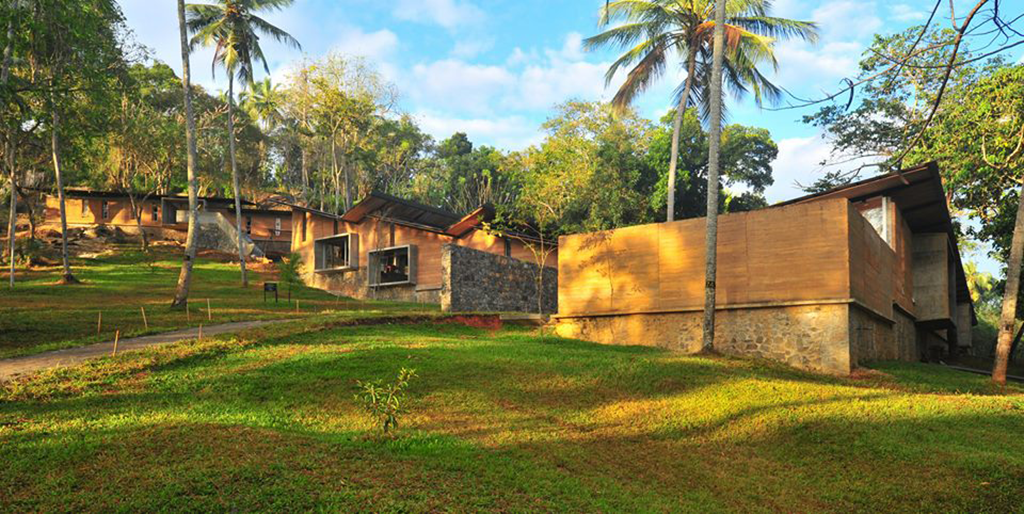
We are indeed very much in touch with the LafargeHolcim Foundation’s network; I, for example, am nominated as one of the global experts of the Foundation and have been contributing to their ongoing programs aimed at promoting and advancing sustainable construction across the globe. The latest of such events was the discussion organized by the Foundation under the topic ‘Reporting from the Front: Sustainability vs. Security’, which was held last November in parallel with the concluding sessions of the Venice Biennale.
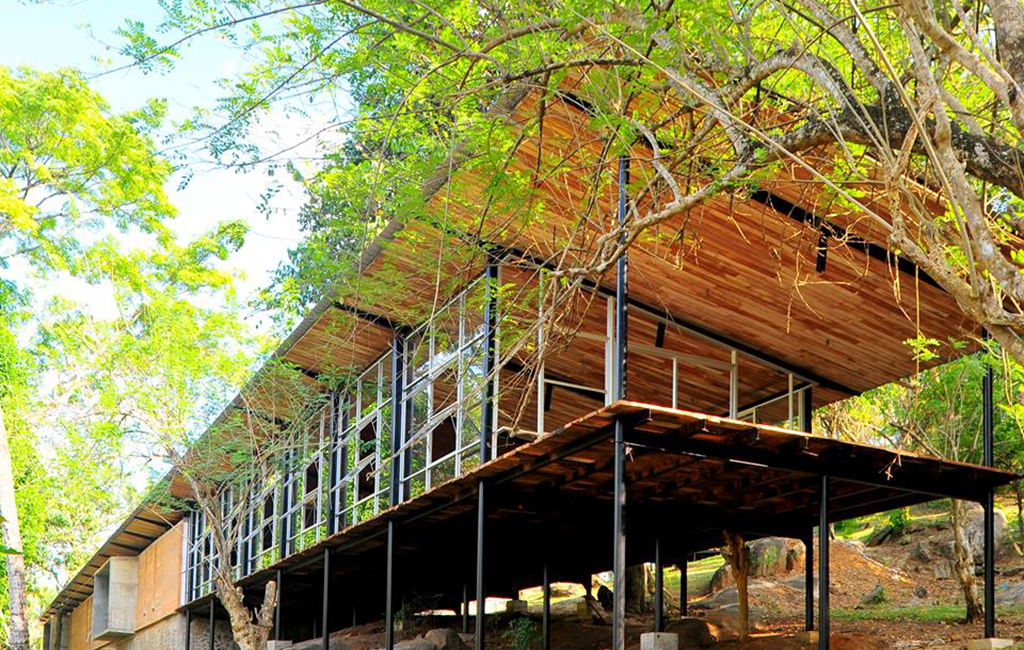
To know more about Milinda Pathiraja and RAW: https://www.facebook.com/robustarchitectureworkshop/
To find out more about the LafargeHolcim Foundation: https://www.lafargeholcim-foundation.org
Last call! You only have until March 21st to submit your project for the 5th edition of the International LafargeHolcim Awards. All information and details are available on: https://www.lafargeholcim-foundation.org/Awards.

